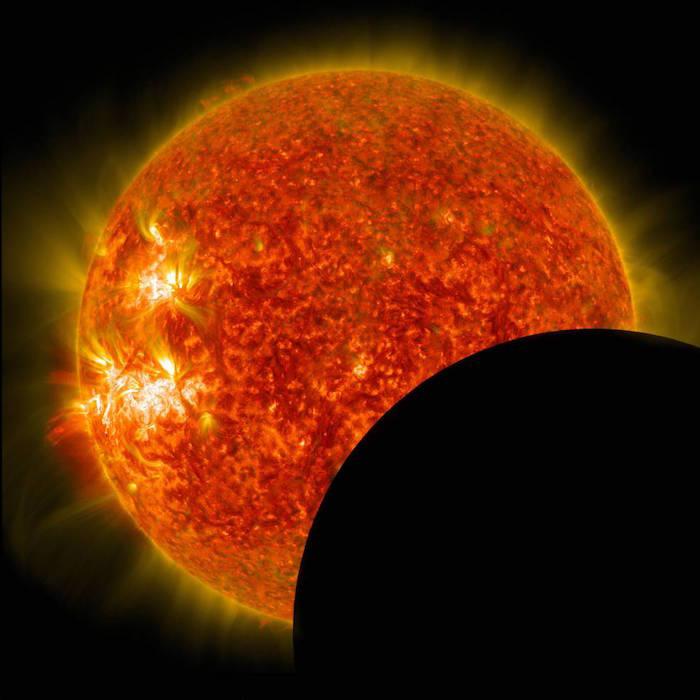 It could very well turn out to be the astronomical event of your lifetime, and the National Park System is ready to help you experience the solar eclipse that will cross the country from Oregon to South Carolina, something that hasn't happened in nearly four decades.
It could very well turn out to be the astronomical event of your lifetime, and the National Park System is ready to help you experience the solar eclipse that will cross the country from Oregon to South Carolina, something that hasn't happened in nearly four decades.
The last time an eclipse path crossed the continental United States was in 1979, when Jimmy Carter was president, a gallon of gas cost 86 cents, and Atari video games were a hot item. The summer's eclipse, on August 21, will cross over 21 national park units and seven trails. Although the partial eclipse will be visible anywhere in the continental United States, it will not compare to experiencing the total eclipse.
National parks offer an amazing setting for watching the eclipse. The National Park Service mission to preserve special places for the enjoyment of everyone means that you can experience this historical event in a place that represents the country's heritage. National parks are also places to learn about our world.
For example, monitoring air quality and starry night skies helps us understand how hazy skies affect parks and visitors. Working with partners, the National Park Service can protect what is special about parks so that they are there for you to enjoy. While you are visiting, events at parks will help you make the most out of this unique solar event while you learn about the park.
Plan Ahead For Viewing The Eclipse
No matter where you go, plan ahead. People have been planning where they want to view the eclipse years in advance. As a result, lodging and camping around many parks in the path of the total eclipse are full. It’s hard to estimate how busy parks will be, but planning ahead will help make the experience unique and enjoyable. Here are some things to consider:
- Protect your eyes. Bring your eclipse glasses. You don’t want to arrive and discover the local stores are all sold out. The eclipse will be amazing, but it’s not worth your eyesight. Learn more about safely viewing the eclipse.
- Driving. Get there early; parking could be scarce.
- Pack a picnic. Snacks, water, and a lunch will help make waiting for the big event enjoyable.

A total solar eclipse, which is when the Moon completely covers the Sun, will occur across 14 states in the continental U.S. on Aug 21, 2017/NASA
While you are at the park
The eclipse will take 2–3 hours from start to finish with the total eclipse only occurring for 1 minute on the edge of the path of totality to a maximum of 2 minutes, 41 seconds, on the center line in Southern Illinois and Western Kentucky. Since you are in a park, it is a great time to explore. Here are some ideas:
- Explore the park. Take a hike, check out the visitor center, or attend a ranger program. There are amazing stories to discover in the park.
- Become a Junior Ranger. Pick up a book from the visitor center or check out the junior ranger books online (some of these are available at parks, too). Most parks have their own Junior Ranger program. You can also become a star explorer, paleontologist, cave scientist, or other specialty junior ranger.
- Stay for the stars. The sun may steal the show, but stargazing can also remind you of your place in the universe. Check to see if the park has nighttime stargazing programs.
- Join the ranks of citizen scientists. iNaturalist is looking for citizen scientists to document animal and plant behavior during the eclipse. Check out NASA’s Public Engagement site for other ideas for getting involved. If you will be along the path of totality for the total solar eclipse on August 21, 2017, then you may want to participate in the Eclipse Megamovie Project.

 Support Essential Coverage of Essential Places
Support Essential Coverage of Essential Places






